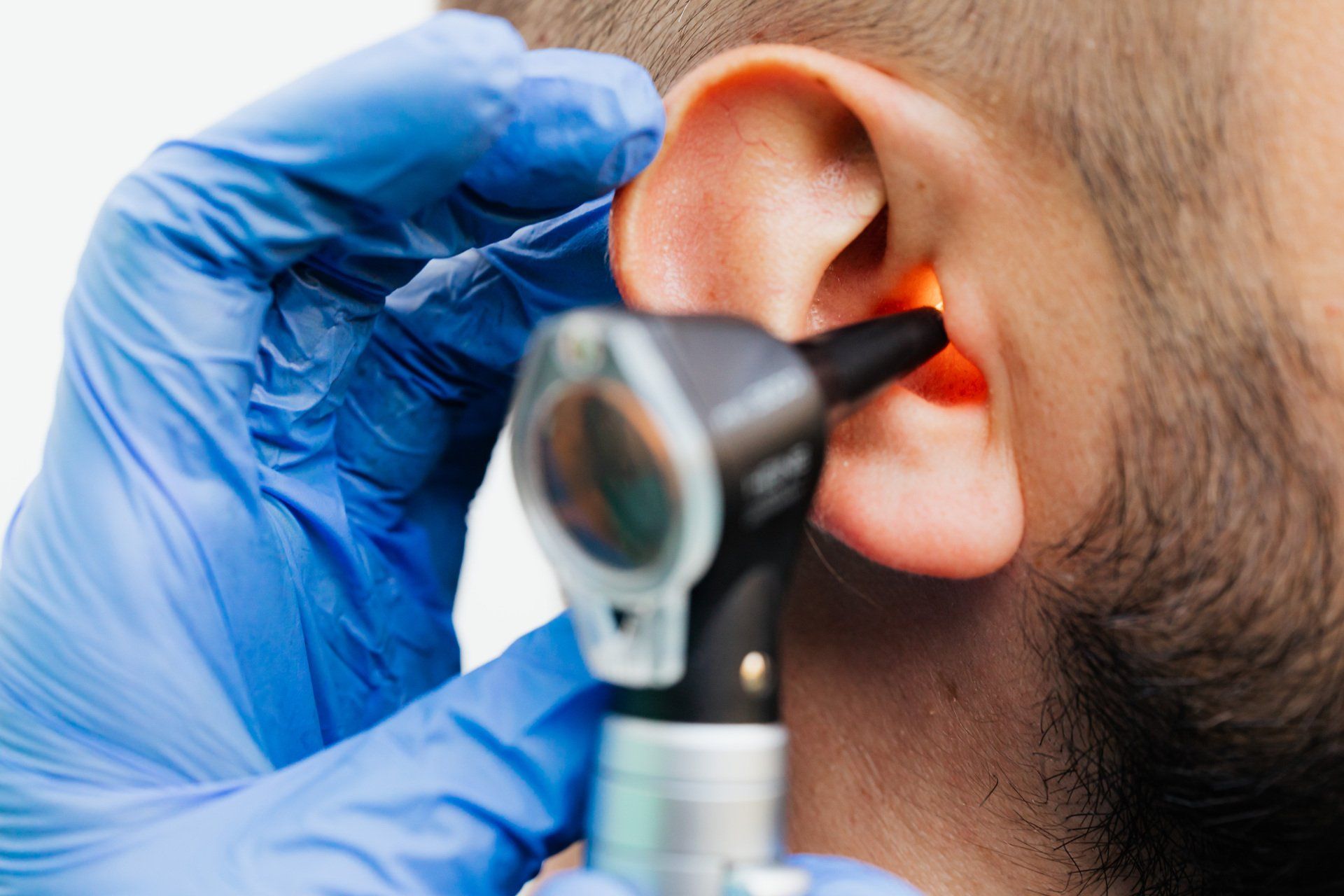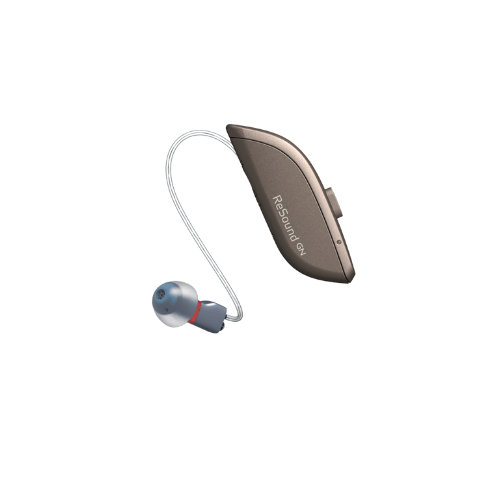By Ryan Kabel
•
May 17, 2023
If you are looking for a hearing aid that can help you hear better in noisy environments, you might want to consider the ReSound OMNIA. This hearing aid offers some unique features that make it stand out from other devices on the market. In this blog post, we will explore the benefits of ReSound OMNIA and why it might be a good choice for you. What is ReSound OMNIA? ReSound OMNIA is a family of hearing aids that includes different styles and models to suit various preferences and needs. You can choose from behind-the-ear (BTE), receiver-in-the-ear (RIE), or custom-made in-the-ear (ITE) hearing aids, depending on your level of hearing loss and comfort. Some models are also rechargeable, which means you don't have to worry about changing batteries. ReSound OMNIA is powered by Organic Hearing, a technology that aims to deliver natural and personalized sound quality. Organic Hearing uses advanced algorithms and artificial intelligence to analyze your environment and adjust your hearing aid settings accordingly. It also preserves the natural sound of your own voice, so you don't sound loud or artificial to yourself. One of the most impressive features of ReSound OMNIA is its beamforming technology, which improves your hearing in noise without making you feel cut off from your surroundings. Beamforming is a technique that uses multiple microphones to focus on the sounds you want to hear, such as speech, and reduce the background noise. ReSound OMNIA is the only hearing aid that can simultaneously combine narrow beamforming for hearing in noise and omni-directional listening for hearing all around you. This results in an incredible 150% improvement in speech understanding in noise, according to ReSound. ReSound OMNIA also offers wireless connectivity and compatibility with various accessories and apps. You can stream audio from your smartphone, TV, or other devices directly to your hearing aids via Bluetooth. You can also use the ReSound Smart 3D app to personalize and control your hearing aids from your phone. The app allows you to adjust the volume, bass, treble, noise reduction, and more. You can also access remote assistance from your hearing care professional if you need any help or adjustments. What are the benefits of ReSound OMNIA? ReSound OMNIA can provide many benefits for people with hearing loss who want to enjoy life to the fullest. Some of these benefits are: Better hearing in noise: With ReSound OMNIA, you can hear speech clearly and comfortably in noisy situations, such as restaurants, parties, or meetings. You don't have to strain to follow conversations or miss out on important information. Natural sound quality: With Organic Hearing, you can experience sound that is natural and balanced, without distortion or feedback. You can also hear your own voice as it sounds to others, without feeling like you are talking into a barrel. More convenience and comfort: With ReSound OMNIA, you can choose from different styles and models that fit your lifestyle and preferences. You can also enjoy the convenience of rechargeable batteries or wireless streaming. You can wear your hearing aids with confidence and ease. More control and personalization: With ReSound OMNIA, you can customize your hearing experience with the ReSound Smart 3D app. You can fine-tune your settings according to your preferences and needs. You can also access remote support from your hearing care professional if you need any guidance or adjustments. t How can I get ReSound OMNIA? If you are interested in trying out ReSound OMNIA, you can contact your local hearing care professional and book a consultation. They will evaluate your hearing loss and recommend the best model and style for you. They will also fit and program your hearing aids according to your specific needs. ReSound OMNIA is a hearing aid that can help you hear better in noise without feeling cut off from your surroundings. It offers natural and personalized sound quality, as well as convenience, comfort, control, and personalization. If you want to learn more about ReSound OMNIA, visit https://www.soundadviceaud.com/resound












